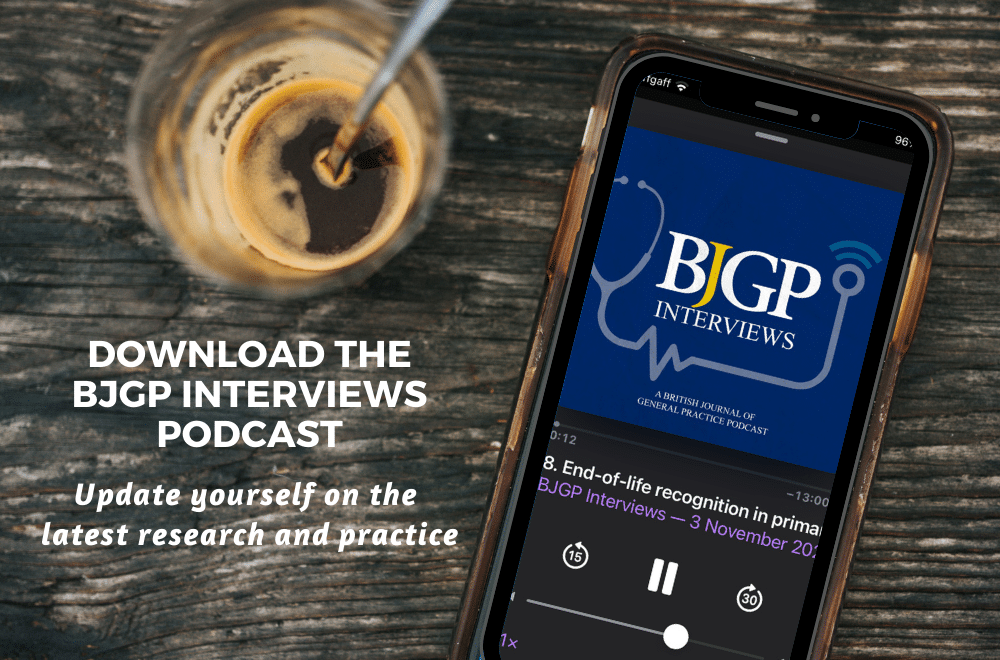 Adam Staten is a GP trainee in Surrey and is on Twitter @adamstaten.
Adam Staten is a GP trainee in Surrey and is on Twitter @adamstaten.
Cold reading is the art of obtaining information about a person by making a rapid assessment of their body language, manner, age, dress and behaviour. It is commonly used by psychics, mediums and illusionists. General practitioners do it too, whether it’s noticing the subtle nail changes in an undiagnosed psoriatic, or clocking the smell of stale alcohol on the problem drinker.
We find clues about patients all over them and all around them. In exams the signs are usually obvious, it may be the inhaler and BM monitor carelessly left by the bedside or a medic alert necklace turned face down on the chest. In practice signs may be less obvious, less tangible, but equally revealing. Your recognition of these signs may not be conscious but they form part of your assessment none the less; the fifteen year soft neck collar of the somatising patient, the midwinter tinted glasses of generalised oddness, or the teddy bear sign of pseudoseizures are a few examples.
Dress, in particular, is one of the key components of the mental state exam but judging it can be tricky. One man’s chic is another man’s psychotic. However there is one item of clothing that requires no interpretation. There is one item of clothing that is a clear cry for help. You may have found yourself in the consultation room struggling to listen to a middle aged woman’s account of her sore throat or aching knees because you can’t stop wondering why this grown woman is wearing a Babygro®.
[bctt tweet=”BJGP Blog: Struggling to listen because a grown woman is wearing a Babygro®?” via=”no”]
Rather than resisting this thought process you should embrace it. This is the era of holistic medicine and all patients are supposed to be seen as part of their bio-psycho-social milieu. The onesie is a gift to the busy, time pressured, general practitioner because it is the psycho-social snapshot par excellence.
This is an item of clothing that declares to the world that a patient lacks the gumption and will power to struggle into a second garment. It is an item of clothing that declares to the world that an adult’s self-worth has sunk so low that he does not mind being seen in public dressed as a baby. The wearing in public of a onesie by anyone over the age of two years should be considered a clinical sign, Staten’s sign if you will, of extreme psycho-social distress and should prompt an urgent mental state assessment.
The evidence supporting this new clinical sign lies somewhere just below grade 5 and thus it is an area requiring further research. Yet it seems likely an extra question will be added to the PHQ-9, ‘on how many days in the last two weeks have you worn a onesie in public?’. Be vigilant, if your patient is onesie positive, then they are in need.






Women wearing pink onesie at kids play centre. Her kids were in matching onesies. I think she was depressed. Or just plain lazy.
If there is no underwear in that onesie, then you need to bring her back in a week.